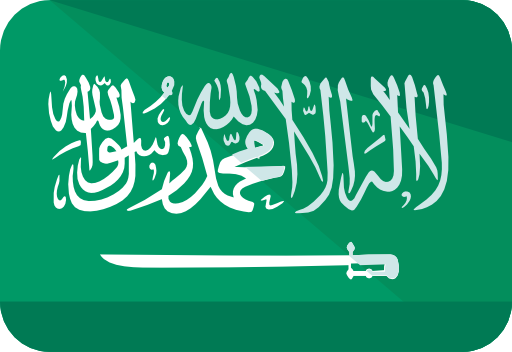Saudi Arabia & UAE Lead MENA in Sustainable Bond Issuance
Saudi Arabia led the MENA region in sustainable debt issuance, accounting for 66 percent of total activity. Total issuance from the Kingdom reached USD 6.25 billion, a 25% year-on-year increase.

Saudi Arabia led the Middle East and North Africa (MENA) region in sustainable debt issuance during the first half of 2025, accounting for 66% of total activity, according to Bloomberg’s Capital Markets League Tables.
Total sustainable bond and sukuk (Islamic bonds) issuance from the Kingdom reached USD 6.25 billion, marking a 25% year-on-year increase. The Saudi government issued USD 1.58 billion, while Al Rajhi Bank issued two sustainable sukuks totalling USD 1.7 billion. Other major contributions came from Saudi Electricity Company (USD 1.25 billion), Alinma Bank (USD 500 million), and Saudi Awwal Bank, which issued an Additional Tier 1 (AT1) sukuk worth USD 650 million.
The United Arab Emirates (UAE) followed, contributing 34% of the region’s sustainable debt activity with USD 3.22 billion. Key UAE issuance included USD 700 million from the National Central Cooling Company (Tabreed) and USD 500 million from real estate developer Omniyat.
Islamic finance instruments dominated the regional market, with total sustainable sukuk issuances reaching USD 6.8 billion, a 17% year-on-year increase. AT1 instruments - which help banks meet capital requirements under the Basel III international regulatory framework - reached USD 3.15 billion, the highest first-half figure recorded in the past five years. The Basel III framework will begin phased implementation in the region from 2026.
Despite strong performances from Saudi Arabia and the UAE, overall sustainable bond issuance in MENA declined by 4.4% year-on-year, totalling USD 9.47 billion, compared to USD 9.91 billion during the same period in 2024. The drop was largely due to reduced activity in Egypt and Qatar and the impact of higher global interest rates.
Trending This Week
-
Sep 07, 2025
-
Sep 08, 2025



























